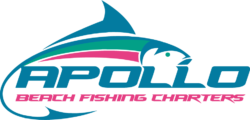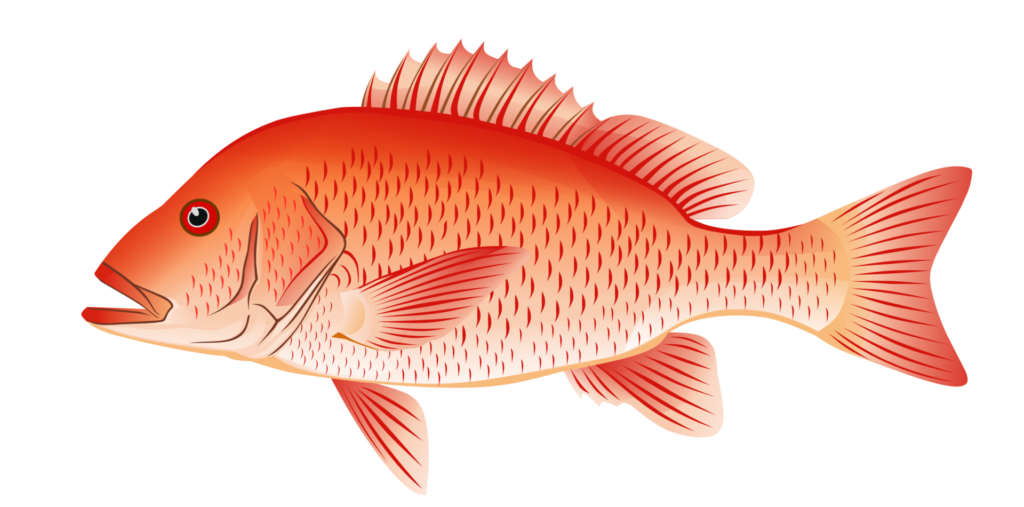Inshore Fishing Glossary: Tampa Bay Terms, Techniques & Species

Whether you’re a seasoned angler or new to the waters of Tampa Bay, understanding the terminology of inshore fishing can enhance your experience. This comprehensive glossary covers essential terms, techniques, and species relevant to inshore boat fishing in the Tampa Bay area.
General Fishing Terms
- Angler: An individual who fishes with a rod and line.
- Backlash: A tangled mess of fishing line, often occurring with baitcasting reels when the spool spins faster than the line is leaving.
- Chumming: The practice of dispersing bait or attractants in the water to lure fish to a specific area.
- Drag: A mechanism on a reel that allows controlled release of line under pressure, preventing line breakage.
- Leader: A length of line, often stronger or more abrasion-resistant, attached between the main line and the hook or lure.
- Slot Limit: Regulations that specify a size range within which fish must fall to be legally kept.
Fishing Techniques
- Bottom Fishing: Targeting fish that dwell near the sea floor using weighted rigs.
- Drift Fishing: Allowing the boat to drift with the current while presenting bait or lures to cover more area.
- Fly Fishing: Using lightweight lures (flies) and specialized casting techniques to mimic insects or baitfish.
- Jigging: A technique involving vertical motion of the lure to entice fish.
- Sight Fishing: Spotting fish visually in shallow waters and casting directly to them.
- Trolling: Pulling lures or baited lines behind a moving boat to attract fish.
Common Inshore Species in Tampa Bay
- Snook: A popular game fish known for its aggressive strikes and acrobatic fights.
- Redfish (Red Drum): Recognizable by the distinctive spot(s) near the tail, redfish are strong fighters found in shallow waters.
- Spotted Seatrout: Often found over grass flats, these fish are known for their speckled appearance and are a favorite among anglers.
- Tarpon: Known as the “Silver King,” tarpon are large, powerful fish famous for their aerial displays.
- Sheepshead: Identified by their black vertical stripes and human-like teeth, they are often found around structures feeding on crustaceans.
- Flounder: Flatfish that lie on the bottom, camouflaged, waiting to ambush prey.
- Mangrove Snapper: Common around mangroves and structures, these fish are known for their sharp teeth and cautious feeding habits.
- Cobia: Large, curious fish often found near buoys, pilings, and other structures.
- Spanish Mackerel: Fast-swimming predators with sharp teeth, often caught while trolling or casting lures.
- Black Drum: Bottom dwellers known for their drumming sounds and preference for crustaceans.
Local Fishing Structures and Habitats
- Grass Flats: Shallow areas with seagrass beds, providing habitat for various species like trout and redfish.
- Mangroves: Coastal vegetation that offers shelter and feeding grounds for fish like snook and mangrove snapper.
- Oyster Bars: Natural formations that attract fish due to the abundance of food and structure.
- Channels: Deeper waterways that serve as travel routes for fish and are often productive fishing spots.
- Docks and Piers: Man-made structures that provide shade and attract baitfish, drawing in predators.
Essential Gear and Tackle
- Spinning Reel: A versatile reel suitable for various inshore fishing techniques.
- Baitcasting Reel: Offers greater casting accuracy, often used for targeting larger fish.
- Fluorocarbon Leader: A nearly invisible line segment used to prevent fish from detecting the line.
- Circle Hooks: Designed to hook fish in the corner of the mouth, reducing injury and facilitating catch-and-release.
- Soft Plastics: Artificial lures that mimic baitfish or crustaceans, effective for various species.
- Topwater Lures: Lures that float and create surface disturbance to attract fish.
- Jigs: Weighted lures that can be bounced along the bottom or retrieved at various depths.
Conservation and Regulations
- Catch and Release: The practice of releasing fish back into the water to promote sustainability.
- Bag Limit: The maximum number of a particular species an angler is allowed to keep in a day.
- Size Limit: Regulations specifying the minimum and/or maximum size of fish that can be legally kept.
- Closed Season: Periods during which fishing for certain species is prohibited to protect spawning populations.
- Marine Protected Areas (MPAs): Designated regions where fishing activities are restricted or prohibited to conserve marine life.
Conclusion
Familiarity with these terms and concepts will enhance your inshore fishing adventures in Tampa Bay. Whether you’re navigating the mangroves for snook or casting over grass flats for trout, this glossary serves as a valuable reference for both novice and experienced anglers.
Continue Reading Our Blog
The Complete Guide to Sheepshead in Tampa Bay — Catch It, Cook It, and Relish It
The Complete Guide to Sheepshead in Tampa Bay — Catch It, Cook It, and Relish…
Mastering the Mangrove Red Snapper: Catching, Cooking & Charter Tips for Tampa Bay
If there’s one fish in the Tampa Bay region that delivers on all fronts —…
Real vs. Imagined Dangers on a Fishing Boat: What’s Worth Worrying About — and What Isn’t
Real vs. Imagined Dangers on a Fishing Boat What’s Worth Worrying About — and What…





